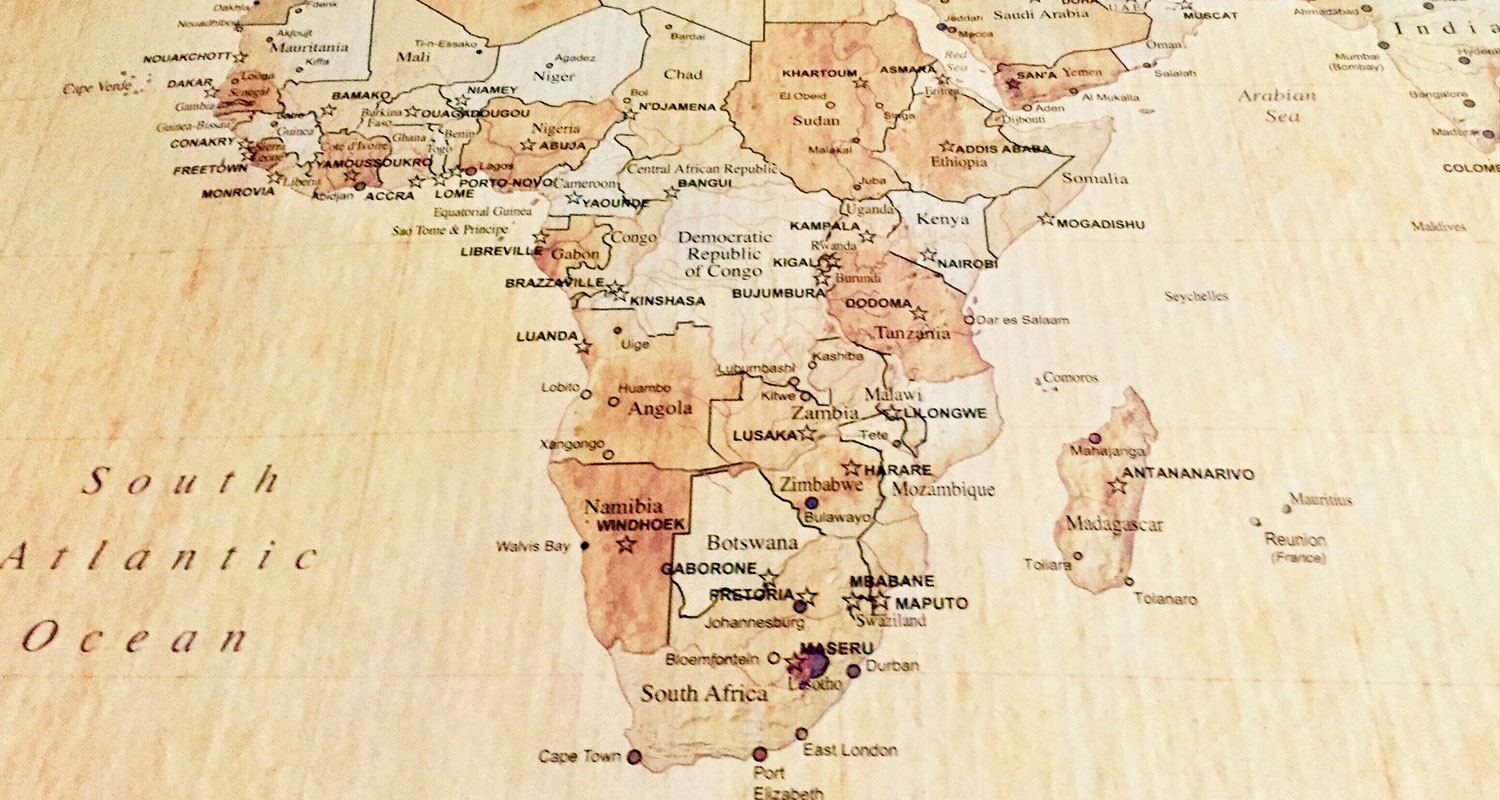 A US$425-million (R6.2-billion) undersea cable connecting China to Europe and Africa, which counts Huawei Technologies as shareholder, has landed in Kenya.
A US$425-million (R6.2-billion) undersea cable connecting China to Europe and Africa, which counts Huawei Technologies as shareholder, has landed in Kenya.
The 15 000km Peace cable is part of Beijing’s so-called Digital Silk Road initiative that involves deploying ICT infrastructure to boost trade and investment between the Asian economy and the rest of the world.
Peace travels over land from China to Pakistan, then underwater for about 12 000km before terminating in France. Another branch snakes southward to East Africa and lands in Kenya’s port city of Mombasa. An extension to Singapore and Southern Africa is planned in the second phase, its promoters said in a press statement.
Huawei, which was at the centre of a long-simmering struggle between China and the US, is a shareholder in Hengtong Optic-Electric, the company building the cable.
The cable will help East Africa meet future broadband capacity requirements, bolster redundancy and minimise the transit time for connectivity to Asia and Europe, according to Mugo Kibati, Telkom Kenya’s CEO.
The Peace cable is the sixth submarine cable to land in Kenya, and Telkom operates and maintains five of the six.
Undersea cables have significant strategic importance, with many owned and operated by US companies, reinforcing that nation’s dominance over the Internet.
By 2019, China had become a landing point, owner, or supplier for 11.4% of the world’s undersea cables, according to the Institute of Peace and Conflict Studies and the Netherlands-based Leiden Asia Centre. This proportion is expected to grow to 20% between 2025 and 2030.
Liquid and Equiano
Meanwhile, in a separate announcement, Liquid Intelligent Technologies announced on Tuesday that it has acquired a fibre pair on the Equiano subsea cable, allowing the company to transport traffic of up to 12Tbit/s.
The new Equiano subsea cable will link Africa to Europe via the west coast of Africa when it is ready for service later in 2022.
The Equiano subsea cable has landings planned in Sesimbra (Portugal), Lomé (Togo), Lagos (Nigeria), Swakopmund (Namibia), Rupert’s Bay (St Helena) and Melkbosstrand (South Africa), with more landing stations planned in the future. — David Herbling, (c) 2022 Bloomberg LP, with additional reporting (c) 2022 NewsCentral Media




